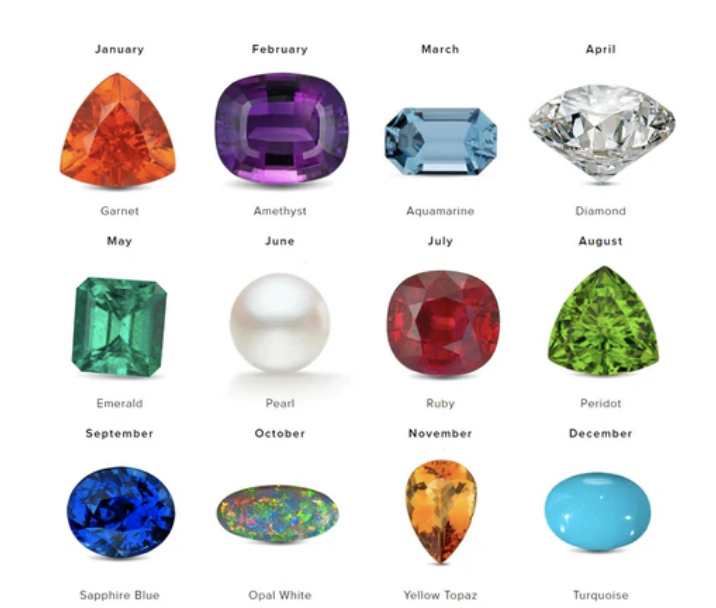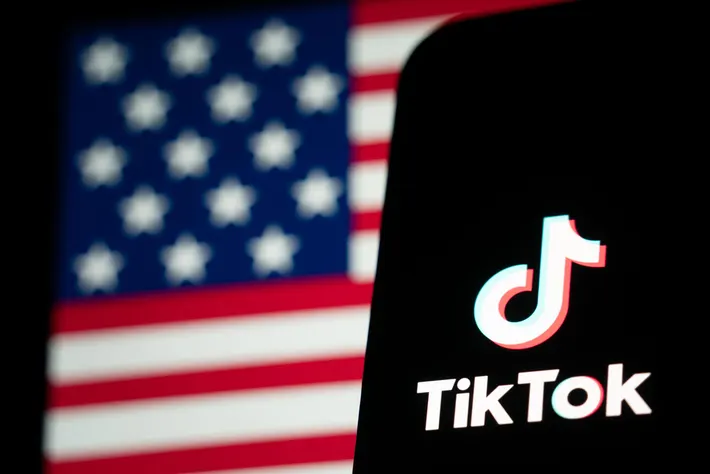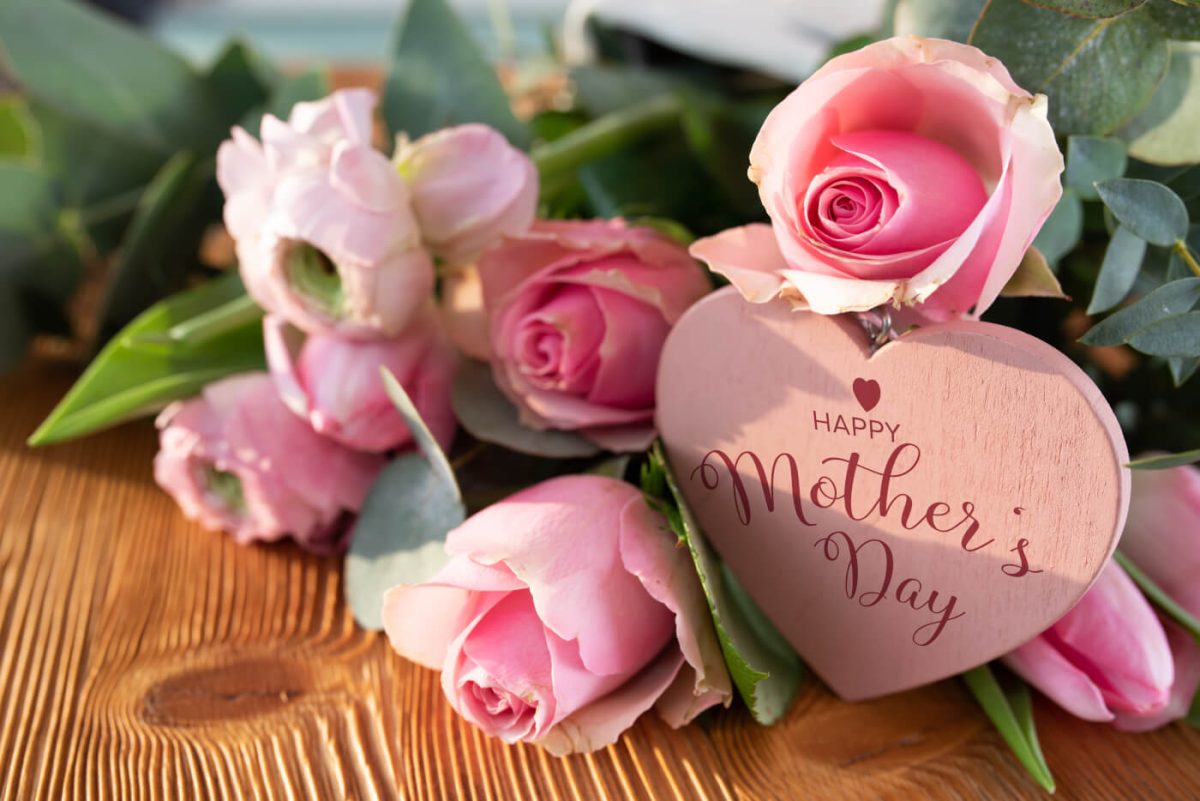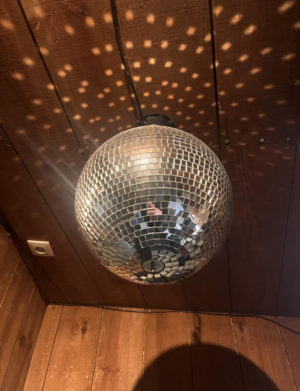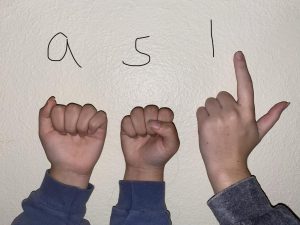Lunar New Year Traditions
January 20, 2023
“3, 2, 1, Happy New Year!” is called out in multiple languages and around the entire world along with celebrations that commemorate the movement into the new year. Every country has its unique customs, including the annual ball drop in America, throwing old plates in Denmark, and gifting tamales in Mexico. Places such as China, Taiwan, and Vietnam are especially partial to the traditions and superstitions surrounding the festivities and events. 2023 marks the first year since 2011 as the year of the rabbit in East and Southeast Asian cultures. People born in the years of the rabbit (1927, 1939, 1951, 1963, 1975, 1987, 1999, 2011, and 2023) are thought to be modest, tender, and skillful. These traits may not apply to everyone with the same zodiac, though they do appear in several instances.
Lunar New Year takes place during a 15-day period that varies depending on the lunar calendar. The holiday occurs on the second new moon following the winter solstice on dates that are typically between January 21st and February 20th. Mavis Nam (Staff), the Chinese teacher of Yorba Linda High School, states that “…each day there is something to do to celebrate. A few of these traditions are cleaning the house, gathering as a family, and on New Year’s Eve, there is a large dinner with food that symbolizes different aspects of the new year.”
Food plays a vital role in the hoped-for prosperity of the new year and varies throughout East and Southeast Asian countries, including Chinese and Vietnamese cultures. Chinese New Year is often referred to as Spring Festival, and traditional foods are eaten in order to bring numerous forms of welfare into the next year. Dumplings symbolize wealth with a shape similar to the ancient Chinese currency, ingots (元寶: Yuánbǎo). Traditionally, the more dumplings that are eaten the more significant the person’s intake of money will be. A few other fortunate foods are longevity noodles to live a prolonged life and any type of fish. In Chinese culture, part of the fish should be left over to indicate a lack of debt and a substantial amount of money.
In Vietnamese culture, the new year is known as Tết and is one of the most popular holidays among Vietnamese people. Similar to the Spring Festival, Tết is celebrated with lion and dragon dances, colorful and bright decorations, and traditional foods. Bánh chưng, a sticky rice cake, represents respect toward ancestors, the earth, and the sky. The rice, mung beans, and boiled meat are wrapped in banana leaves to signify the importance of nature and rice in Vietnamese culture.
During Lunar New Year, superstitions across multiple ethnicities are recognized and practiced. In South Korea and China, it is sometimes thought that washing one’s hair will wash away good luck. The number 4 is seen to be unfortunate in South Korea, China, and Japan since the characters for 4 and for death are very similar in the Chinese language. The color red is a significant symbol used throughout the new year to represent happiness and good fortune. In a piece of Chinese folklore, a monstrous dragon named Nian terrorized the people of a small village at the end of each year. To keep the dragon from attacking any more innocent inhabitants, the villagers hung up red decorations, frightening the beast using the thunderous noise of firecrackers and gongs. Thus, the ongoing Lunar New Year traditions were born.





